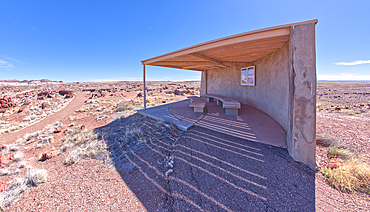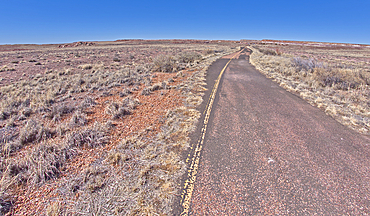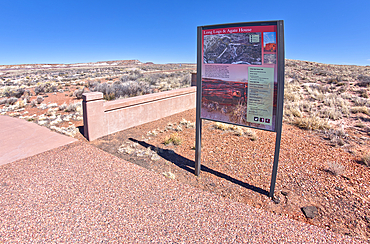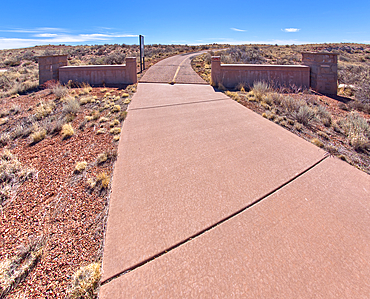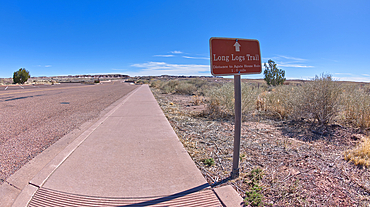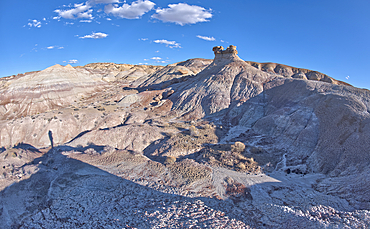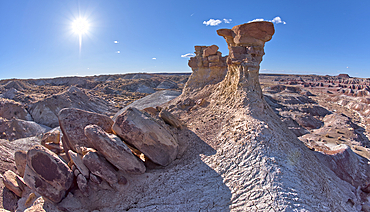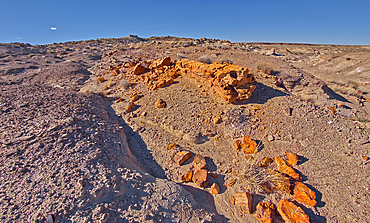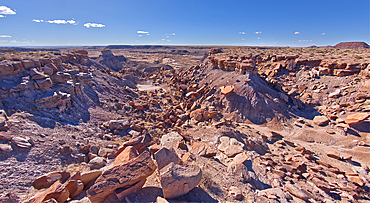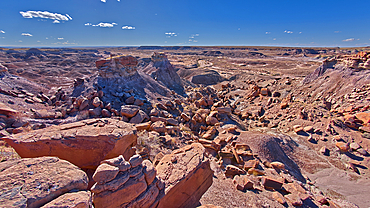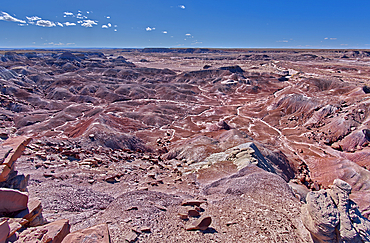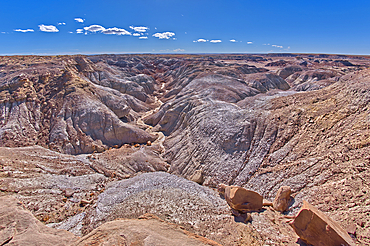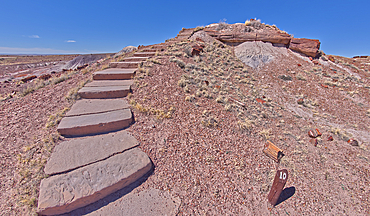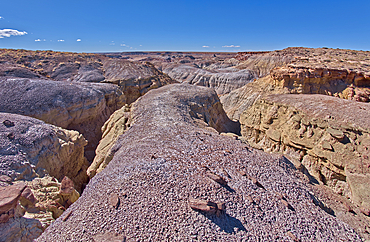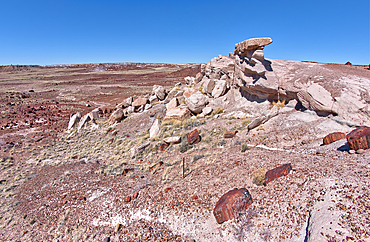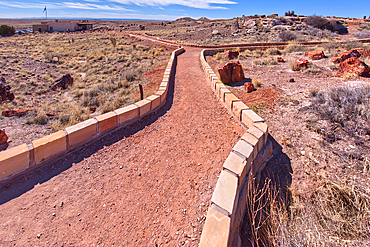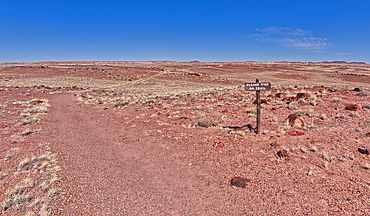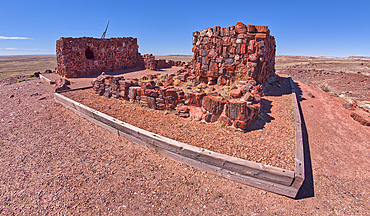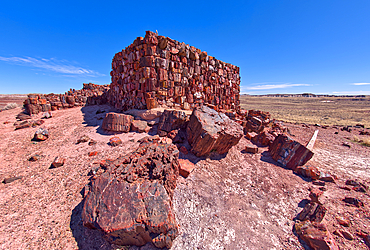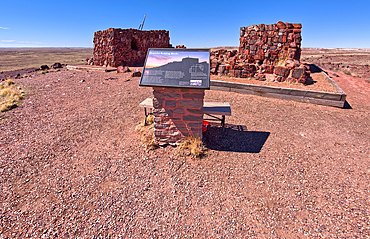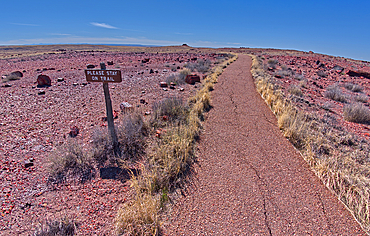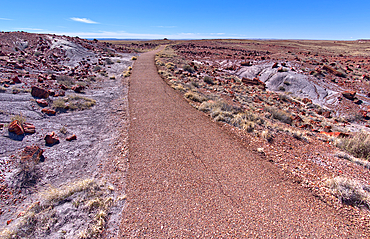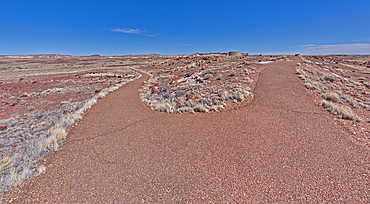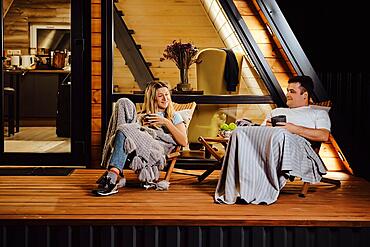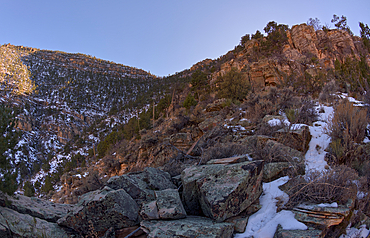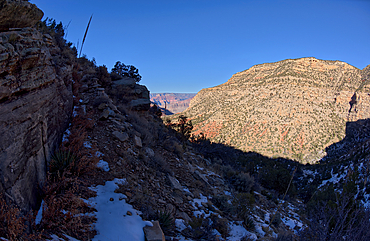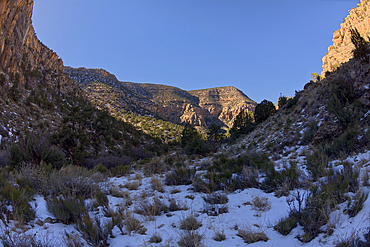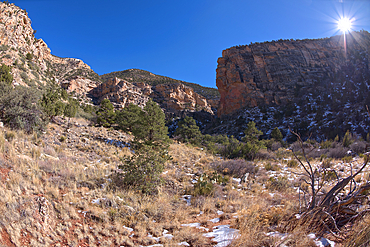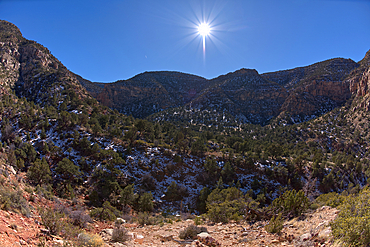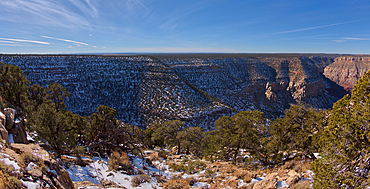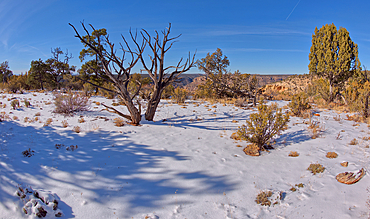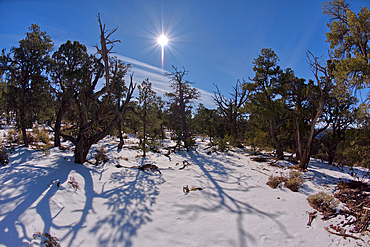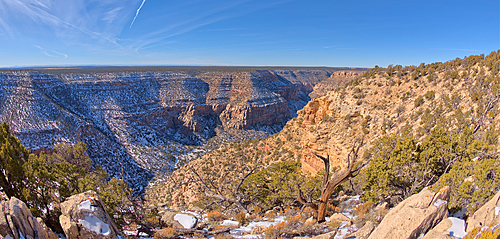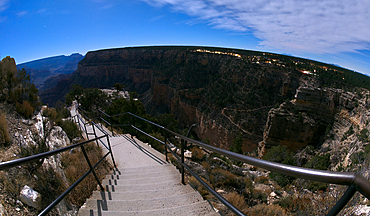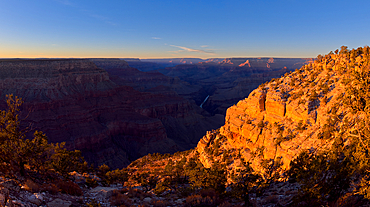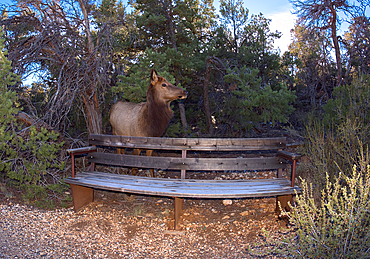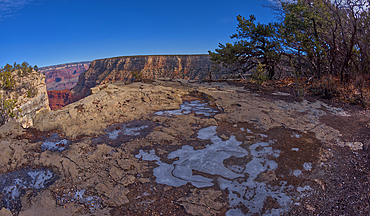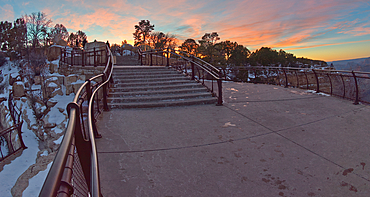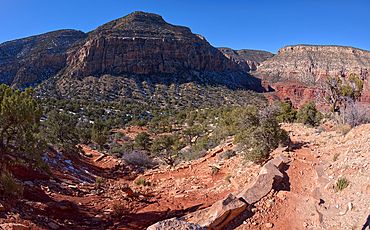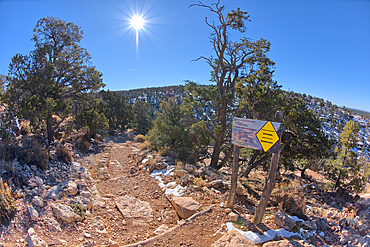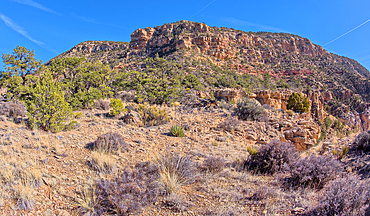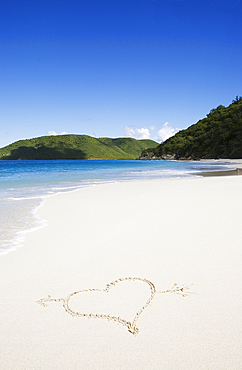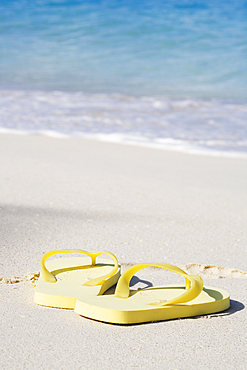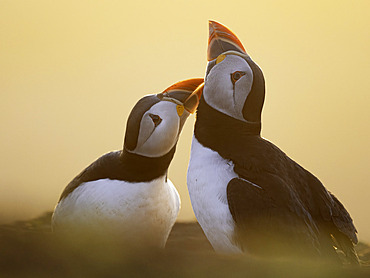Recent searches
Loading...
1359-1090 - Detail of love locks attached to railings near Charles Bridge, Old Town, Prague, Czech Republic
1265-448 - Tinh Yeu or love waterfall in the jungle near Sa Pa, Vietnam
743-566 - Chacma baboon (Papio cynocephalus), with infant, Kruger National Park, South Africa, Africa
1311-949 - A narrow slot canyon of bentonite on the south end of Petrified Forest National Park Arizona.
1311-948 - Sandstone that has been eroded into forms that resemble clam shells on the south end of Petrified Forest National Park Arizona.
1311-947 - A ridge of gray bentonite viewed from a nearby flat top mesa on the south end of Petrified Forest National Park Arizona.
1311-946 - Small mesas with flat tops called Rock Islands on the south end of Petrified Forest National Park Arizona.
1311-945 - A pointed peak of bentonite in Hamilili Valley on the south end of Petrified Forest National Park Arizona.
1311-944 - Purple hills of volcanic bentonite near Hamilili Point on the south end of Petrified Forest National Park Arizona.
1311-943 - A purple canyon with a dry creek in between hills of bentonite in Petrified Forest National Park Arizona.
1311-942 - A small hill of gray bentonite clay that appears to be melting into the purple bentonite of Hamilili Valley on the south end of Petrified Forest National Park Arizona.
1311-941 - Crumbling cliffs of a mesa near Hamilili Point in Petrified Forest Arizona.
1311-940 - A small hill of gray bentonite clay that appears to be melting into the purple bentonite of Hamilili Valley on the south end of Petrified Forest National Park Arizona.
1311-939 - A dry waterfall on the west side of Hamilili Point next to a hoodoo on the south end of Petrified Forest National Park Arizona. Hamilili is a Zuni word that means petrified wood.
1311-938 - A hoodoo called the Zuni Warrior on the edge of a cliff near Hamilili Point in Petrified Forest National Park Arizona. Hamilili is a Zuni word that means petrified wood.
1311-937 - A cliff overhang shaped like the head of a Duck west of Hamilili Point on the south end of Petrified Forest National Park Arizona.
1311-936 - View from below a ridge that overlooks the Jim Camp Wash on the south end of Petrified Forest National Park Arizona.
1311-935 - A lone hoodoo rock on the edge of a ridge overlooking the Jim Camp Wash on the south end of Petrified Forest National Park Arizona.
1311-934 - A lone hoodoo rock on the edge of a ridge overlooking the Jim Camp Wash on the south end of Petrified Forest National Park Arizona.
1311-933 - Islands of Rock in Hamilili Valley on the south end of Petrified Forest National Park Arizona.
1311-932 - Crumbling islands of rock near Hamilili Point in Petrified Forest Arizona.
1311-931 - A circular walkway for the Long Logs Trail in Petrified Forest National Park Arizona. This used to be a parking area before the Park Service turned it into a footpath.
1311-930 - A paved walkway leading to the entrance of the Long Logs Trail in Petrified Forest National Park Arizona. This area used to be a parking area before the Park Service turned it into a footpath.
1311-929 - A very long fossilized tree along the Long Logs Trail at Petrified Forest National Park Arizona.
1311-928 - View of a bentonite hill along the Long Logs Trail in Petrified Forest National Park Arizona.
1311-927 - The sun shade shelter along the Long Logs Trail at Petrified Forest National Park Arizona.
1311-926 - The paved path, that used to be an old road, leading to the Long Logs Trail and Agate House in Petrified Forest National Park Arizona.
1311-925 - The map sign at the gateway for the Long Logs Trail and Agate House in Petrified Forest National Park Arizona.
1311-924 - The gateway to the Long Logs Trail and Agate House in Petrified Forest National Park Arizona.
1311-923 - Sign marking the Jim Camp Wash along the main road of Petrified Forest National Park Arizona. This is along the path to the Long Logs Trail.
1311-922 - A sign along the main road in Petrified Forest National Park pointing the way to the Long Logs Trail, and Agate House.
1311-921 - A solitary rock hoodoo in the purple badlands near Hamilili Point on the south end of Petrified Forest National Park Arizona.
1311-920 - A solitary rock hoodoo in the purple badlands near Hamilili Point on the south end of Petrified Forest National Park Arizona.
1311-919 - A solitary rock hoodoo in the purple badlands near Hamilili Point on the south end of Petrified Forest National Park Arizona.
1311-918 - A petrified tree log that has shattered over time. Located on a mesa near Hamilili Point on the south end of Petrified Forest National Park Arizona.
1311-917 - The crumbling cliffs of a mesa near Hamilili Point on the south end of Petrified Forest National Park Arizona.
1311-916 - Rock islands just off a mesa near Hamilili Point on the south end of Petrified Forest National Park Arizona.
1311-915 - Rock islands above the purple badlands near Hamilili Point on the south end of Petrified Forest National Park Arizona.
1311-914 - Purple badlands of bentonite near Hamilili Point on the south end of Petrified Forest National Park Arizona.
1311-913 - Purple badlands of bentonite near Hamilili Point on the south end of Petrified Forest National Park Arizona.
1311-912 - A deep canyon that has eroded thru the hills of purple and gray bentonite clay near Hamilili Point on the south end of Petrified Forest National Park Arizona.
1311-911 - A deep canyon that has eroded thru the hills of purple and gray bentonite clay near Hamilili Point on the south end of Petrified Forest National Park Arizona.
1311-909 - Steps along the Giant Logs Trail leading to a scenic overlook in Petrified Forest National Park Arizona.
1311-910 - Hills of purple and gray bentonite near Hamilili Point on the south end of Petrified Forest National Park Arizona.
1311-908 - A scenic overlook on the west side of the Giant Logs Trail at Petrified Forest National Park Arizona.
1311-907 - A scenic overlook on the west side of the Giant Logs Trail at Petrified Forest National Park Arizona.
1311-906 - A divide in the trail loop for the Giant Logs trail at Petrified Forest National Park Arizona. On the upper left is the Rainbow Forest Museum.
1311-905 - A warning sign to stay on the trail to the historic Agate House in Petrified Forest National Park Arizona.
1311-904 - Closeup of the historic Agate House in Petrified Forest National Park Arizona.
1311-902 - Closeup of the historic Agate House in Petrified Forest National Park Arizona.
1311-903 - An information sign detailing the history of Agate House in Petrified Forest National Park Arizona.
1311-901 - A warning sign to stay on the trail to the historic Agate House in Petrified Forest National Park Arizona.
1311-900 - The paved trail that leads to the historic Agate House in Petrified Forest National Park Arizona.
1311-899 - A divide in the trail leading to the historic Agate House in Petrified Forest National Park Arizona.
832-404496 - Friendly couple sitting on the terrace in the evening and talking
1184-11534 - Padlocks to bring luck in love, the monastery complex of Wudai Shan (Mount Wutai), UNESCO World Heritage Site, Shanxi, China, Asia
1311-898 - The cliffs of Waldron Canyon at Grand Canyon Arizona, southwest of Hermit Canyon in winter.
1311-897 - The cliff trail of Waldron Canyon at Grand Canyon Arizona, southwest of Hermit Canyon in winter.
1311-895 - Waldron Canyon at Grand Canyon Arizona viewed from near its end, southwest of Hermit Canyon in winter.
1311-896 - Off trail view of Waldron Canyon southwest of Hermit Canyon at Grand Canyon Arizona in winter. Accessible via Hermit Trail to the Waldron Trail Junction.
1311-894 - View of Waldron Canyon southwest of Hermit Canyon at Grand Canyon Arizona in winter. Accessible via Hermit Trail.
1311-893 - The cliffs of Waldron Canyon west of Hermits Rest at Grand Canyon Arizona in winter.
1311-892 - The Kaibab Forest in winter near Waldron Canyon west of Hermits Rest at Grand Canyon Arizona.
1311-891 - The Kaibab Forest in winter near Waldron Canyon west of Hermits Rest at Grand Canyon Arizona.
1311-890 - The cliffs of Waldron Canyon west of Hermits Rest at Grand Canyon Arizona in winter.
1311-889 - The cliffs of Waldron Canyon west of Hermits Rest at Grand Canyon Arizona.
1311-888 - Grand Canyon Arizona with Yuma Point on the left and Hermits Rest on the right.
1311-887 - View from below a cliff ledge just west of Hermits Rest at Grand Canyon Arizona.
1311-886 - Steps leading down to Trailview Overlook at Grand Canyon Arizona under moonlight.
1311-885 - Grand Canyon Arizona viewed from Powell Point under moonlight.
1311-884 - Hermit Canyon viewed from between Pima Point and Hermits Rest at Grand Canyon Arizona.
1311-883 - Grand Canyon Arizona viewed from Pima Point at sundown.
1311-882 - Grand Canyon Arizona viewed from Pima Point at sundown.
1311-881 - Grand Canyon Arizona viewed from Pima Point at sundown.
1311-880 - Grand Canyon Arizona viewed from Pima Point at sundown.
1311-879 - A female Elk that came out of the forest along the Greenway Trail that runs between Pima Point and Monument Creek Vista at Grand Canyon Arizona.
1311-877 - The Greenway Trail that runs between Pima Point and Monument Creek Vista at Grand Canyon Arizona.
1311-878 - A female Elk that came out of the forest along the Greenway Trail that runs between Pima Point and Monument Creek Vista at Grand Canyon Arizona.
1311-876 - The Greenway Trail that runs between Pima Point and Monument Creek Vista at Grand Canyon Arizona.
1311-875 - A small overlook east of Pima Point at Grand Canyon Arizona off of Hermit Road.
1311-874 - Grand Canyon Arizona viewed east of Pima Point. Mohave Point is on the right.
1311-873 - Sign marking the end of the paved Greenway Trail that runs between Monument Creek Vista and Pima Point at Grand Canyon Arizona.
1311-871 - The Great Mohave Wall at Grand Canyon Arizona viewed just west of Monument Creek, which is the part of the canyon below this cliff wall.
1311-872 - The paved Greenway trail west of Monument Creek Vista at Grand Canyon Arizona with a sign warning cyclists that there is a steep grade ahead.
1311-870 - The cliffs of Grand Canyon Arizona west of Monument Creek Vista.
1311-869 - Frozen water puddles along the cliffs of Grand Canyon Arizona east of the Monument Creek Vista.
1311-868 - Steps down to Mather Point Overlook at Grand Canyon Arizona in winter after sunset.
1311-867 - The very rocky pathway of the unmaintained Hermit Canyon Trail at Grand Canyon Arizona in winter. Waldron Canyon is on the left in the distance.
1311-866 - The very rocky pathway of the unmaintained Hermit Canyon Trail at Grand Canyon Arizona in winter. Waldron Canyon is on the left in the distance.
1311-865 - The very rocky pathway of the unmaintained Hermit Canyon Trail at Grand Canyon Arizona in winter. Waldron Canyon is on the left in the distance.
1311-864 - A warning sign at the start of the Hermit Canyon Trail stating that getting to the bottom is optional, but getting back to the top is mandatory. Located in Grand Canyon Arizona.
1311-863 - A look back at the cliffs of Hermits Rest at Grand Canyon Arizona. The Hermit Trailhead starts on the cliff line to the upper left of the photo. This view is about 1000 feet off of the official trail.
1311-862 - An ocean of fog rolling across the Arizona town of Chino Valley just as the sun is rising behind Mingus Mountain on a winter morning.
1353-647 - I Love Sal Wall Mural decorating a Building in Santa Maria Town, Santa Maria, Sal, Cape Verde Islands, Africa EDITORIAL ONLY
1178-44370 - USA, United States Virgin Islands, St. John, Cinnamon Bay, Heart shape drawn in sand
1178-44371 - USA, United States Virgin Islands, St. John, Cinnamon Bay, Heart shape and Cupids arrow drawn in sand
860-292466 - Atlantic Puffin (Fratercula arctica) displaying, Skomer island, Pembrokeshire, Wales
1311-861 - Picnic table on the west side of Hermits Rest at Grand Canyon, Arizona, United States of America, North America
1311-860 - The paved Greenway Trail that runs between Hermits Rest and Pima Point at Grand Canyon, Arizona, United States of America, North America
1311-859 - The paved Greenway Trail that runs between Hermits Rest and Pima Point at Grand Canyon, Arizona, United States of America, North America

























